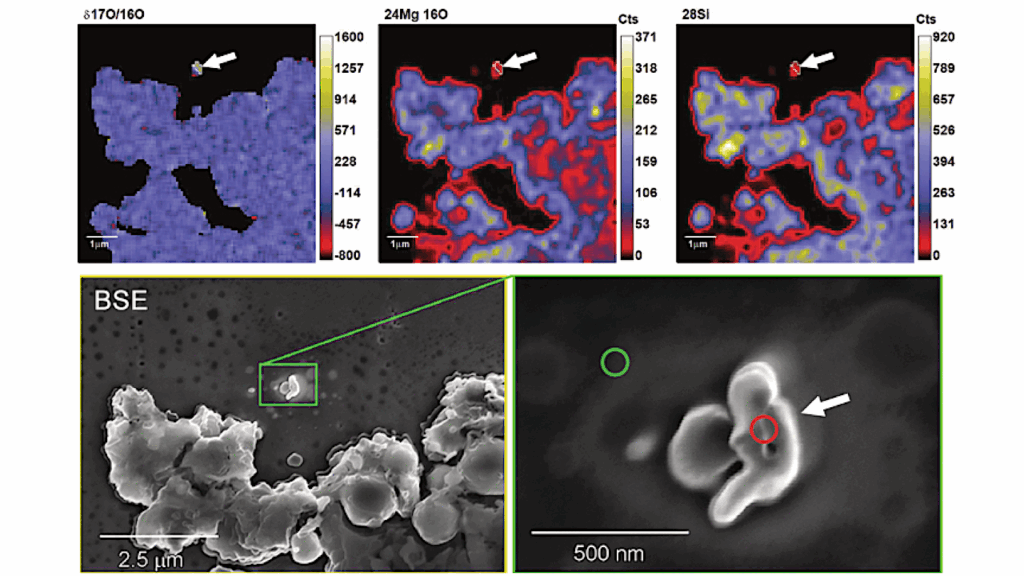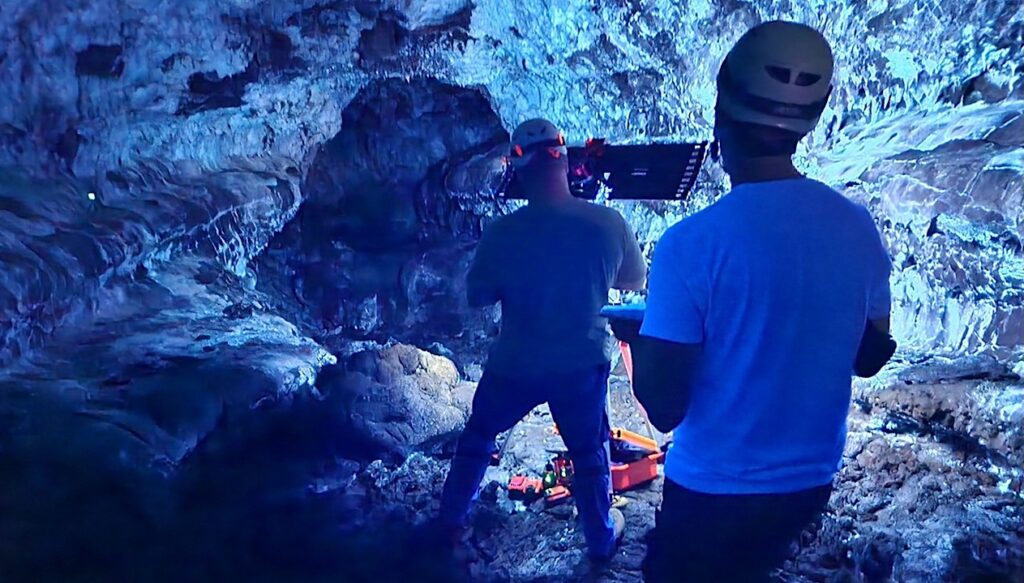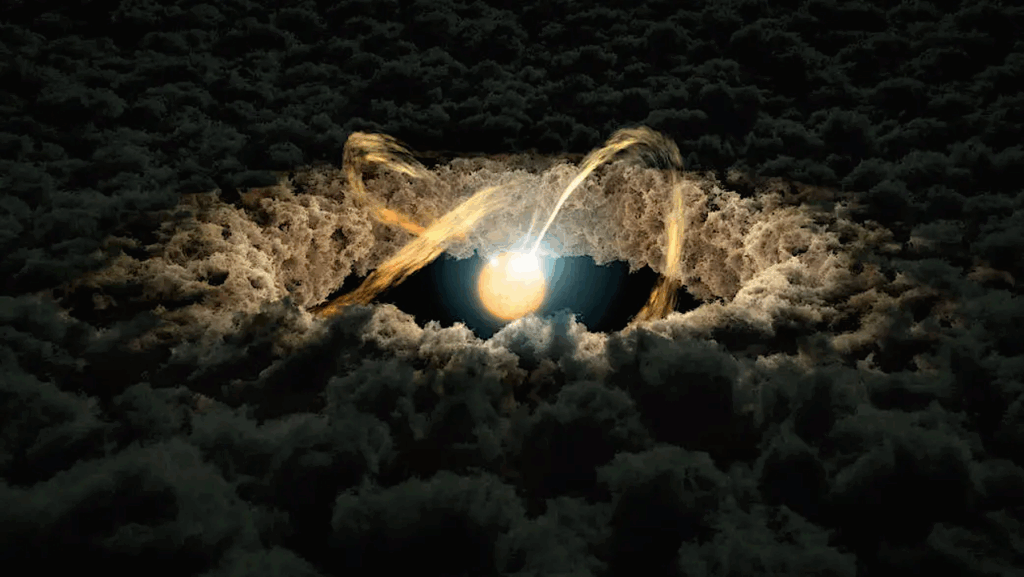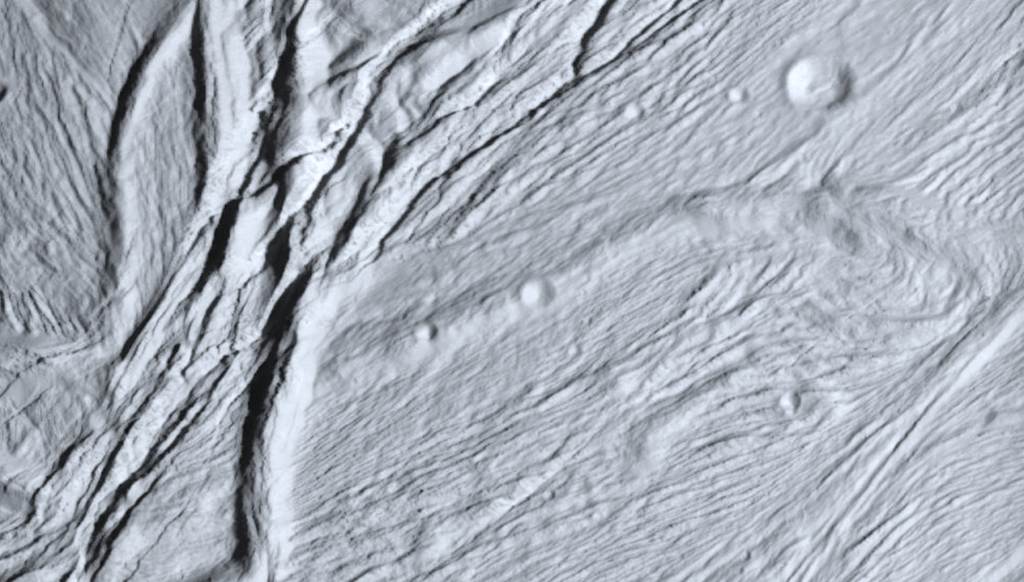New Signatures of Bio-Molecular Complexity in the Hypervelocity Impact Ejecta of Icy Moon Analogues
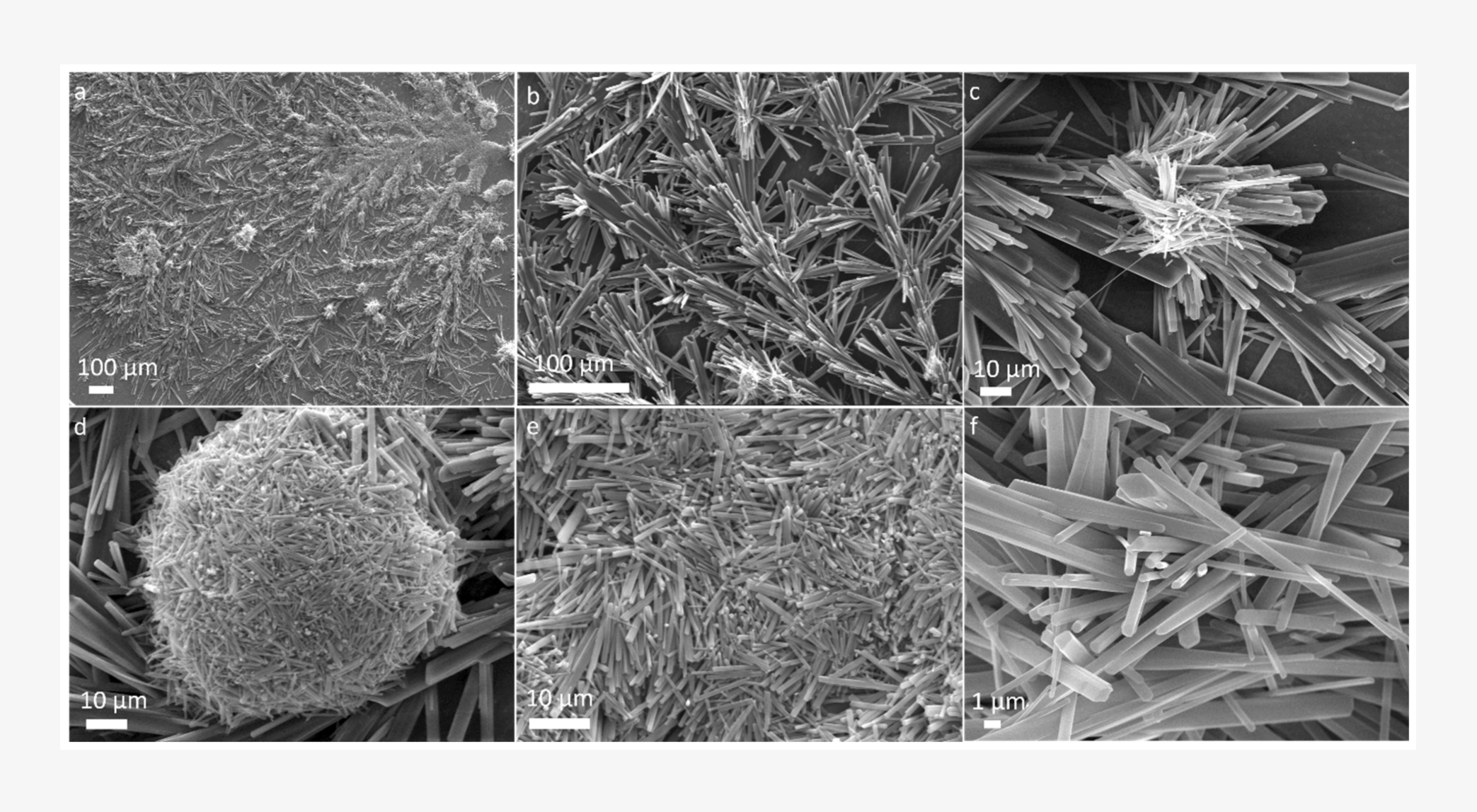
Impact delivery of prebiotic compounds to the early Earth from an impacting comet is considered to be one of the possible ways by which prebiotic molecules arrived on the Earth.
Given the ubiquity of impact features observed on all planetary bodies, bolide impacts may be a common source of organics on other planetary bodies both in our own and other solar systems. Biomolecules such as amino acids have been detected on comets and are known to be synthesized due to impact-induced shock processing.
Here we report the results of a set of hypervelocity impact experiments where we shocked icy mixtures of amino acids mimicking the icy surface of planetary bodies with high-speed projectiles using a two-stage light gas gun and analyzed the ejecta material after impact. Electron microscopic observations of the ejecta have shown the presence of macroscale structures with long polypeptide chains revealed from LCMS analysis.
These results suggest a pathway in which impact on cometary ices containing building blocks of life can lead to the synthesis of material architectures that could have played a role in the emergence of life on the Earth and which may be applied to other planetary bodies as well.
by Surendra V. Singh,Haritha Dilip,Jaya K. Meka, Vijay Thiruvenkatam, Vishakantaiah Jayaram, Mariyappan Muruganantham,Vijayan Sivaprahasam, Balabhadrapatruni N. Rajasekhar, Anil Bhardwaj, Nigel J. Mason, Mark J. Burchell and Bhalamurugan Sivaraman
New Signatures of Bio-Molecular Complexity in the Hypervelocity Impact Ejecta of Icy Moon Analogues, Life (open access)
Astrobiology, Astrochemistry



